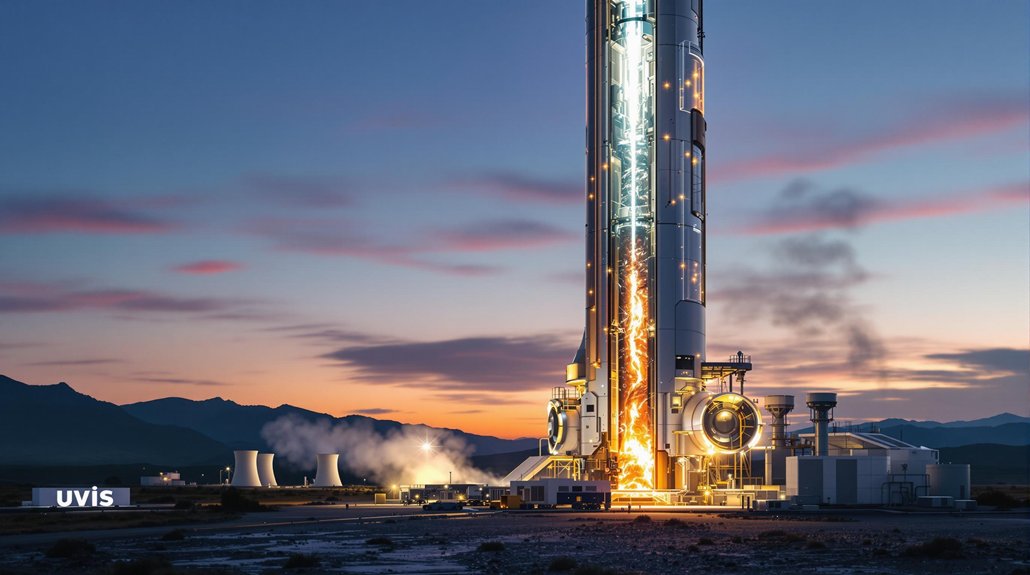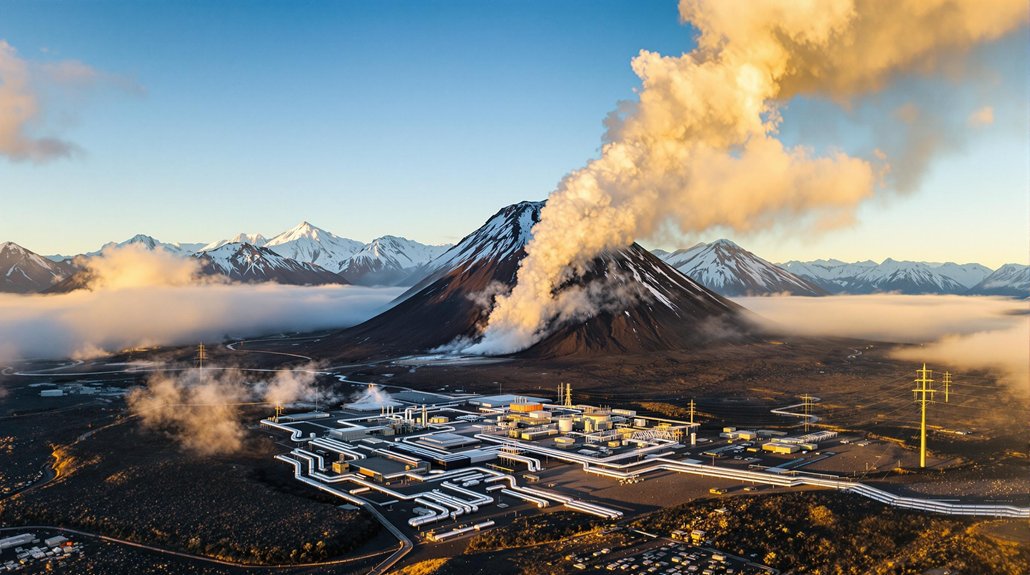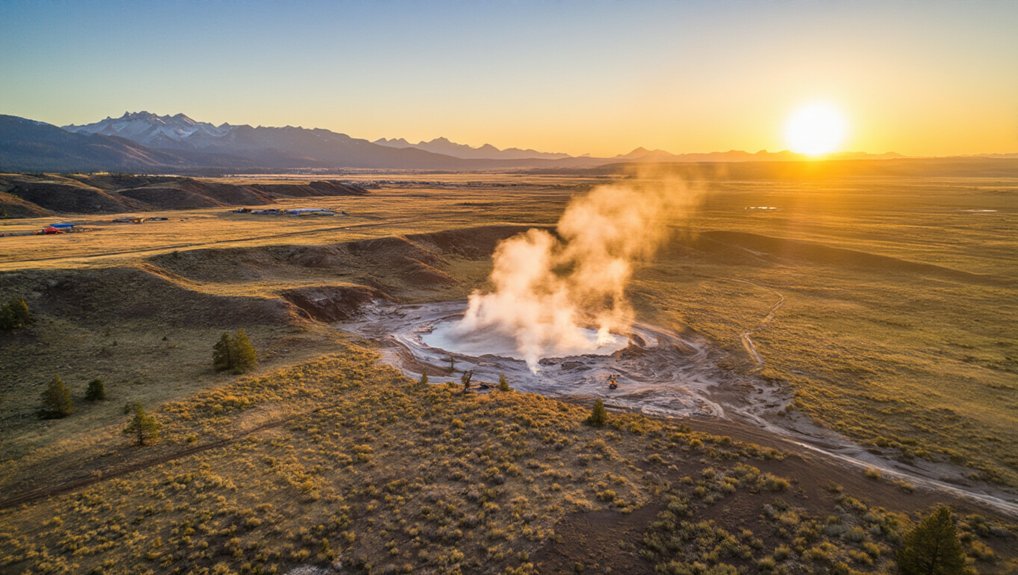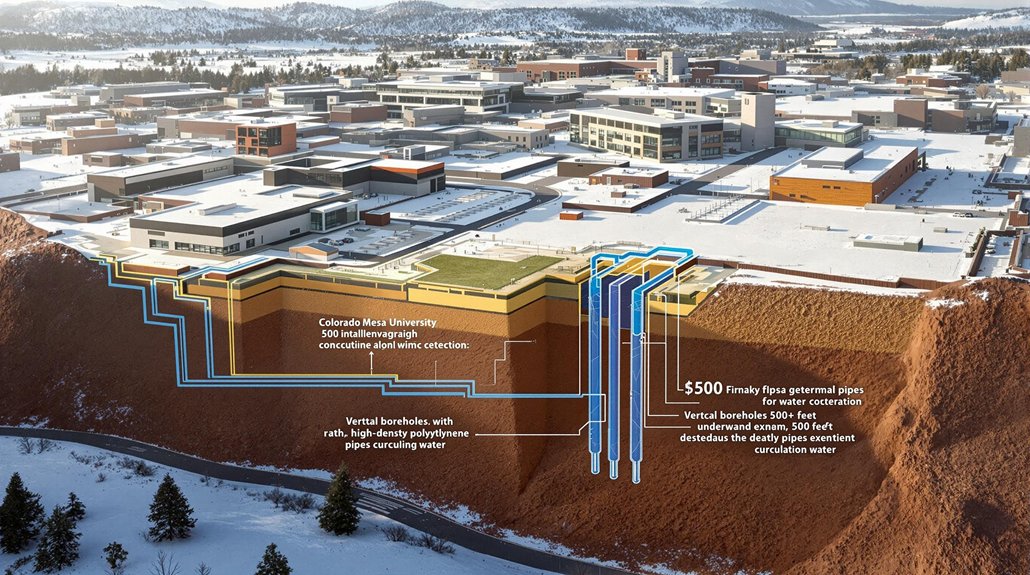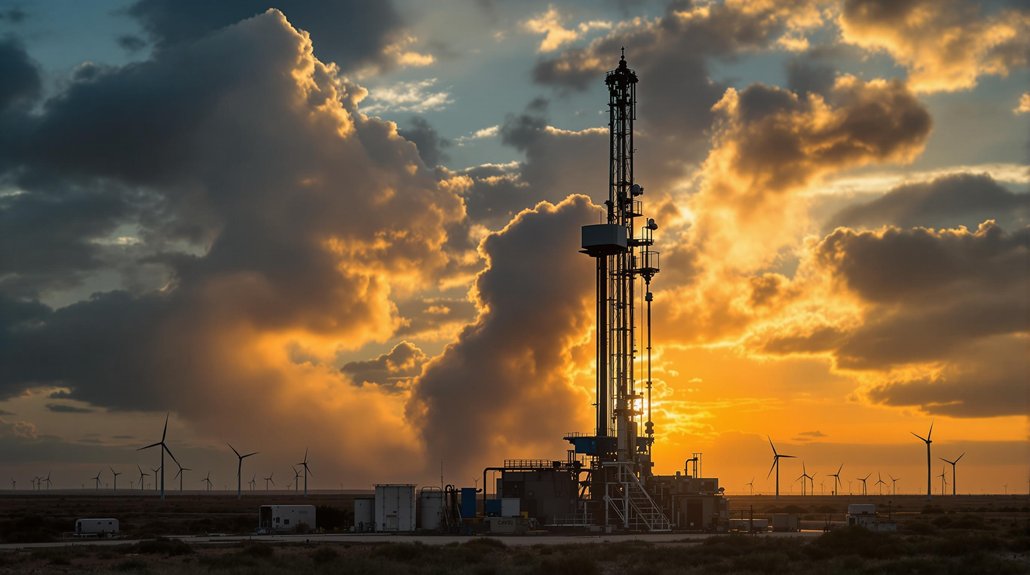Quaise Energy combines traditional drilling with fusion-based gyrotron technology to melt and vaporize rock, allowing access to unprecedented geothermal depths of up to 20 kilometers. This innovative approach taps into 500°C temperatures, generating 10 times more power than conventional geothermal methods while providing constant clean energy. With $105 million in funding, the company plans its first commercial plant by 2026. This technology could transform fossil fuel plants into sustainable energy producers worldwide.
While renewable energy sources like solar and wind continue to grow, a Boston-based company is taking a completely different approach to clean power. Quaise Energy is developing technology to drill deeper into the Earth than ever before, tapping into geothermal energy that could provide limitless clean electricity.
The company is repurposing gyrotron technology originally developed for fusion research to create a millimeter-wave drilling system. This system aims to reach depths of 20 kilometers, where temperatures reach 500°C. Unlike conventional drilling methods, Quaise’s approach combines traditional rotary drilling for initial stages with directed energy beams for harder rock.
Pioneering millimeter-wave technology drills deeper than ever before, combining traditional methods with energy beams to unlock Earth’s vast thermal potential.
When the drill encounters tough rock formations, the system switches to the gyrotron-powered millimeter-wave beam. This beam vaporizes and melts the rock, creating a borehole with a glassy wall lining that prevents collapse. The process doesn’t require fracking, avoiding earthquake risks.
The technology offers significant advantages over conventional geothermal systems. It can access deeper, hotter resources and produce energy almost anywhere, generating 10 times more power than traditional geothermal while providing constant 24/7 baseload power on a smaller land footprint. This approach harnesses the minimal land use advantage of geothermal, requiring significantly less space than other renewable options.
Quaise has made substantial progress, scaling the technology 100 times from initial MIT experiments. Outdoor testing began in January 2025, with plans for a 100-meter deep field test in a Texas granite quarry. The technology uses argon gas to clean the borehole and remove rock particles during the drilling process. The company aims to build its first commercial power plant by 2026, having raised over $105 million in funding. The company plans to complete drilling boreholes in just 100 days using existing 1MW gyrotrons, dramatically reducing project timelines.
The potential applications extend beyond just electricity generation. The technology could convert existing fossil fuel plants to clean geothermal, power industrial processes, and supplement intermittent renewables with reliable baseload power.
If successful, Quaise’s technology could provide terawatt-scale clean energy globally, potentially powering at least 20,000 homes per human footprint while repurposing existing fossil fuel infrastructure and utilizing the skills of the current oil and gas workforce.
